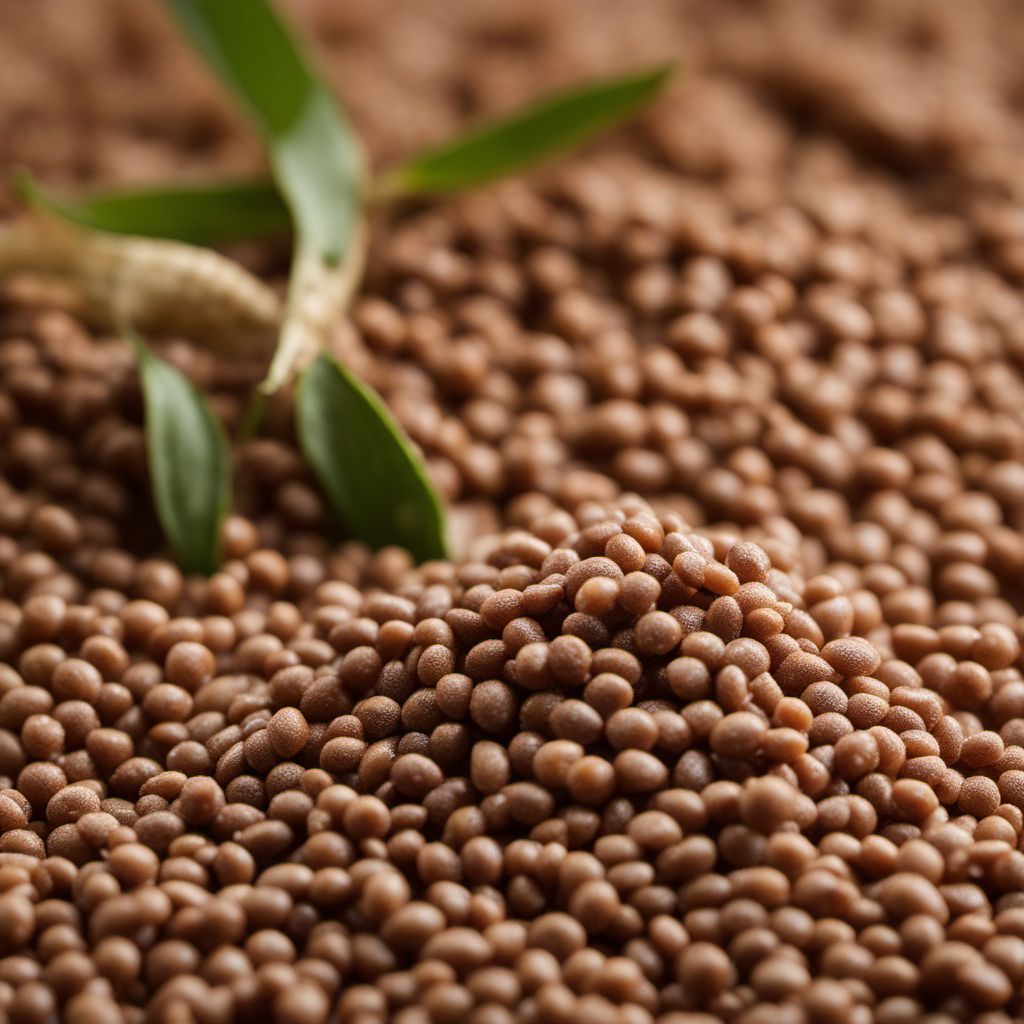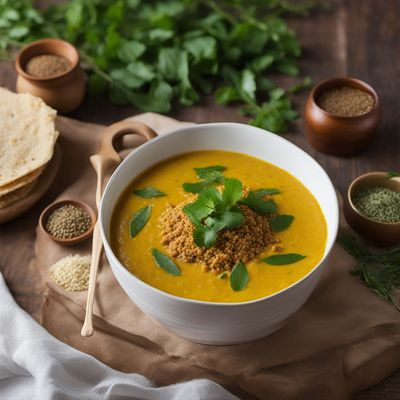
Ingredient
Finger millet grain
The Nutritional Powerhouse: Finger Millet Grain
Finger Millet Grain is a small, round grain that is reddish-brown in color. It has a mild, nutty flavor and a slightly chewy texture. The grain is gluten-free and rich in fiber, making it a great choice for those with dietary restrictions or seeking a healthier alternative to refined grains. It is also packed with essential nutrients like calcium, iron, and antioxidants, making it a valuable addition to any diet.
Origins and history
Finger Millet Grain originated in Africa and has been cultivated for over 5,000 years. It has been a staple food in many African and Asian countries, particularly in India, where it is commonly used to make traditional dishes like dosa, idli, and porridge. Its resilience to harsh climates and ability to grow in poor soil conditions have made it an important crop for subsistence farmers in these regions.
Nutritional information
Finger Millet Grain is a nutritional powerhouse, rich in calcium, iron, and dietary fiber. It is also a good source of protein and contains essential amino acids. One cup of cooked finger millet grain provides approximately 207 calories, 6 grams of protein, 1.7 grams of fat, and 41 grams of carbohydrates.
Allergens
Finger Millet Grain is gluten-free and does not contain any known allergens.
How to select
When selecting finger millet grain, look for grains that are clean, dry, and free from any signs of moisture or insect damage. Avoid grains that appear discolored or have a musty smell. Opt for organic or locally sourced finger millet grain whenever possible to support sustainable farming practices.
Storage recommendations
To maintain the freshness and quality of finger millet grain, store it in an airtight container in a cool, dry place. It can be kept at room temperature for up to 6 months, but for longer shelf life, it is recommended to store it in the refrigerator or freezer.
How to produce
Finger Millet Grain can be grown in a variety of climates, but it thrives in warm, tropical regions. It can be cultivated from seeds, which should be sown in well-drained soil and watered regularly. The crop requires minimal maintenance and can be harvested within 3-4 months.
Preparation tips
Before cooking finger millet grain, it is advisable to rinse it thoroughly to remove any impurities. To cook, combine one part finger millet grain with two parts water or broth and bring to a boil. Reduce the heat, cover, and simmer for about 20-25 minutes or until the grains are tender. Finger millet grain can be used as a substitute for rice or other grains in various recipes, such as pilafs, salads, or as a base for porridge.
Culinary uses
Finger Millet Grain is commonly used in traditional Indian cuisine to make dishes like dosa, idli, and porridge. It can also be ground into flour and used to make bread, pancakes, or baked goods. Additionally, finger millet grain can be popped like popcorn and enjoyed as a healthy snack.
Availability
Finger Millet Grain is commonly available and cultivated in India, Africa, and other parts of Asia.

